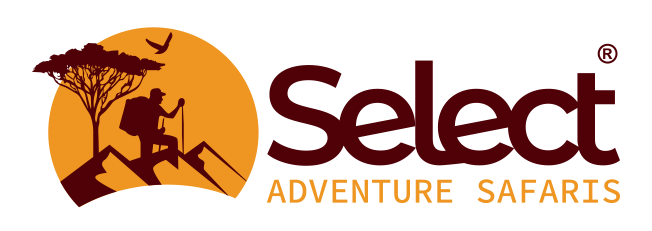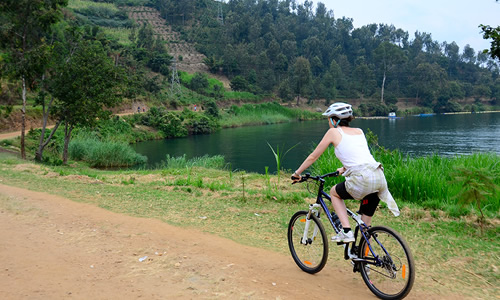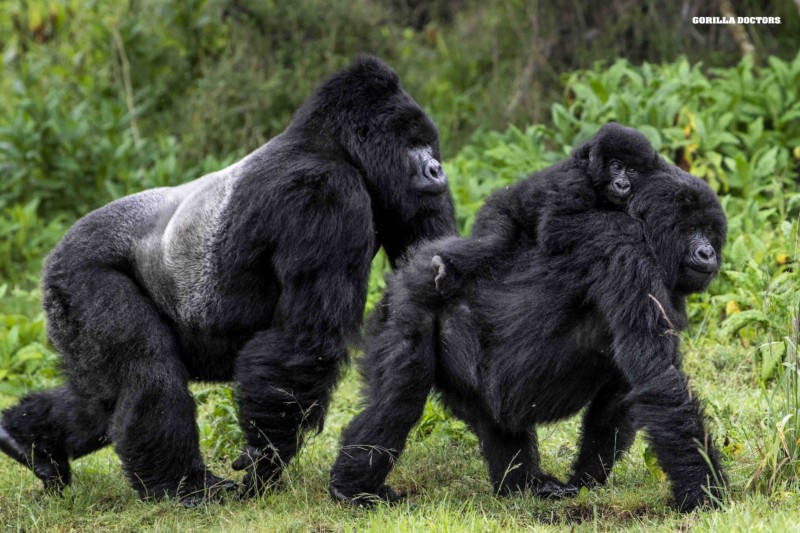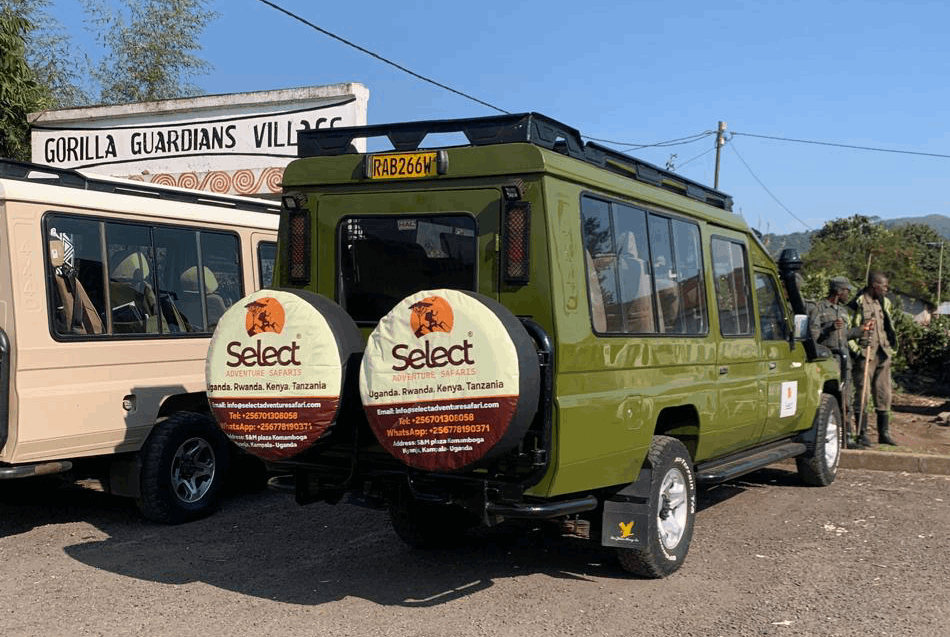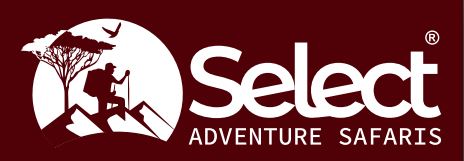Tribes In Tanzania
Tribes In Tanzania : There are many tribes in Tanzania. much as the country is famous for the popular wildlife safari destinations such as Serengeti national park, Ngorongoro crater, tarangire national park , Kilimanjaro mountain and many more.
One of the many blessings that we have been blessed with is the diversity of our country’s ethnic groups. This is evidenced by the number of tribes that speak their unique language and customs.
Most of the tribes in Tanzania are located away from town or farmlands. They engage in various activities such as hunting and gathering. while the big cities constitutes of a mix of several cultures from different places across the world country and the entire world.
The popularity of the Maasai tribe is taken into account when selecting the best tribes. Northern Tanzania’s Maasai tribe comes first when it comes to popularity entire country has an estimate of 800,000 masai group of people, they live around parks like sernegeti national park Ngorongoro national park and they practice livestock as their major economic activity
The Maasai are an indigenous group of people who live in Tanzania and Kenya. Their main economic activities are mainly related to farming and livestock keeping.
kraals are enclosed villages that are home to various nomadic communities. These communities live in groups and share water and grazing during dry seasons.
One of the famous quotes from the Sukuma tribe is “If you want to go far, go together”. the sukuma are the largest ethnic group of people in Tanzania, their population is 5.5million. the are closely related to with the Nyamwezi group of people who are the seconds largest in Tanzania.
The Sukuma people are mainly from the southern shores of Lake Victoria and are known to practice polygamy. They are also very religious.
The main languages spoken by the Sukuma tribesmen are Swahili and Sukuma. A common proverb among them states that the wind does not break a tree’s bend.
The Hadzabe are nomadic people who live in the Yaeda valley and its surrounding areas. They interact with each other to see if they can spot them in their daily activities. Their unique language, which is unrelated to any other language, is also used by them.
The Chagga are the third largest ethnics group of people are known for their hunting and gathering activities, which are carried out in complete seclusion from the other humans. Their current way of living is similar to that of their ancestors.
The Chagga are the third largest tribe in Tanzania, with an estimated population of about 2 million. They are very easy to spot on the slopes of Mount Kilimanjaro due to their good working spirit.
The Chagga are very well known for their work ethic. Due to their modern methods of farming, they are able to compete with other tribes in Tanzania.
Most of the people in the Chagga major move to the towns looking for business opportunities in agriculture. They are also known for the production of fermented banana and coffee.
They are an ethnic group that originated from central Africa. They are known to have originated from the coastal regions of Tanzania.
Most Zaramo in Tanzania practice Islam, though few of them do so by other religions. They have adopted a Swahili-Arabic culture and are known for adopting various traditions.
They produce various food products such as rice, millet, and sorghum. Due to the modernization of the city, most of them are now small businessmen.
There are so many different tribes in Tanzania, some of which are Hehe, Haya, Ngoni, and Meru. They all speak different languages and have their own cultures.
Some ethnic groups have had their tribes’ languages also separated into various languages. For instance, the Kichagga language is often used by the Chamagga people in Uganda.
These are the languages that are spoken by various Wachagga groups. They have got many words in common with each other. On the other hand, we only have two major religious groups in Tanzania, the Muslims and the Christians.
Imagine how beautiful and rich our country is when we have so many cultures and natural resources that we can combine with each other.
